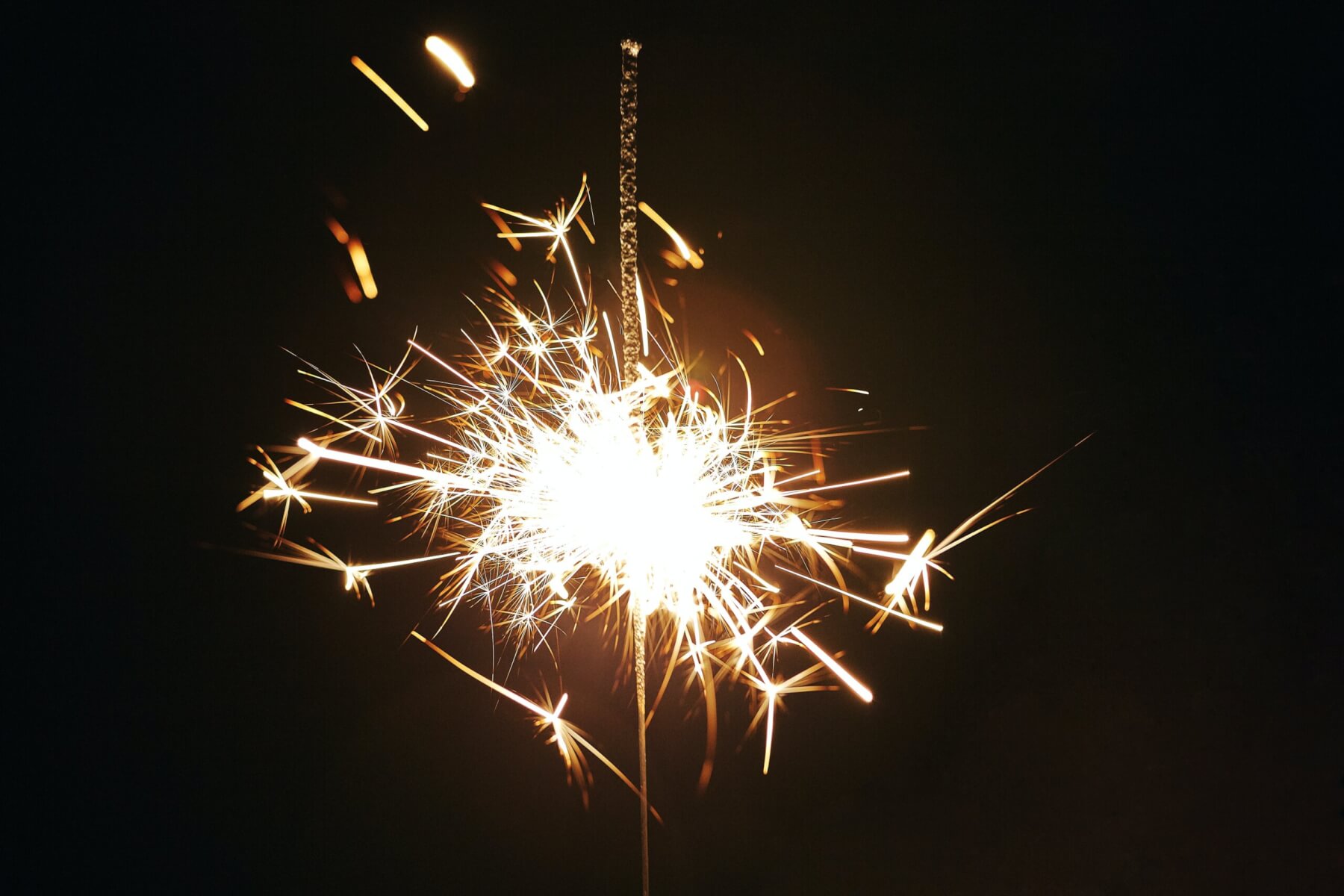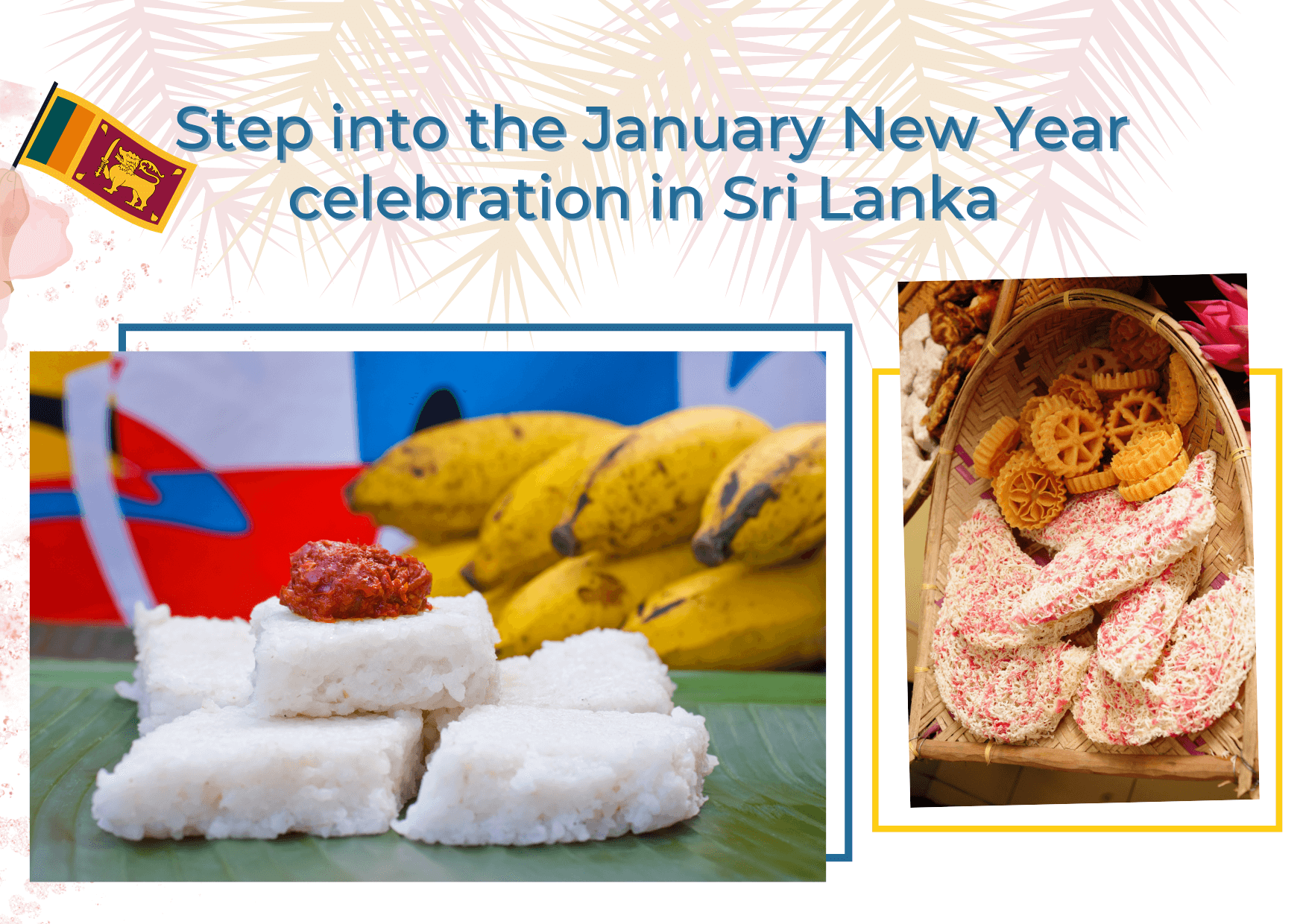Step into the January New Year celebration in Sri Lanka
As everyone knows, Sinhala and Tamil New Year is one of the biggest celebrations in Sri Lanka, beginning on the 13th of April and ending on the 14th of the month. It is also known as the sun festival that is celebrated by the Sinhalese and Tamil communities. Nevertheless, there is another big celebration that is rarely spoken about in Sri Lanka, it is the 01st of January New Year Celebration. All Sri Lankans celebrate this day with a load of rituals that we often do not see in other countries.
Sri Lankans boil milk in a clay pot until it overflows at the dawn of the new year
Traditionally, each family would boil milk in small clay pot over a makeshift hearth made of three stones or bricks. The hearth would be lit by the lady of the house and she would worship the new pot three times before lighting the hearth. From the oldest of the family to the youngest, all gather around to witness the milk bubbling from the pot.
The hearth is where meals for the family are made, and therefore milk boiling and overflowing is considered a mark of good fortune for the coming year.

Milk Rice ‘Kiribath’, a traditional Sri Lankan dish, symbolizes good luck and happiness
Most Sri Lankans start the first of January with milk rice for breakfast in the hope of starting the year with good luck. It will be consumed as the first meal of the year.
Milk rice is an essential dish in Sri Lankan cuisine. This beautiful rice dish is very simple and consists of four ingredients: rice, water, coconut milk and salt. Although these ingredients are basic, it is truly a delicious, creamy, savory rice dish that can be eaten plain, with spicy dishes or sweet jaggery.
When the cooking is finished, the family begins to eat, but not before making an offering to the Buddha and gods first. During the January new year, Sinhalese New Year, or on any other special occasion, milk rice will be served as the main dish and centerpiece of the meal. The milk rice symbolizes life and so it is fed to the rest of the family by the head of the family, either the father or the mother.
January 1st is a working day in Sri Lanka
Usually, Sri Lankans go to work on January 1st wearing new clothes to symbolize the speciality of the day. Many women prefer to go to the office wearing sarees on this day.
Sri Lankans organize a traditional “kiribath mese” (a food table with Sri Lankan dishes) at the workplace and have meals among themselves. At the table, milk rice is served, alongside traditional sweets like kevum, kokis, bananas and many other delicacies.
It is very important to get religious blessings on January 1st in Sri Lanka
As this is the first day of the year, many Sri Lankans do not forget to visit their nearest religious shrine. From ancient times, Sri Lankans have given priority to religious activities at special occasions in their lives.
Buddhists go to the temple to accrue merit and obtain the blessings of the temple priests. Similarly, Catholics go to the church, Tamils to the kovil and Muslims to the mosque to receive blessings. Religious shrines in Sri Lanka hold a number of religious activities on this day, including Pooja and special prayers for devotees.
Sri Lankans welcome the New Year with amazing fireworks

Fireworks symbolize the dawn of the new year – Unsplash tengyart
At midnight on the 31st of December, fireworks are set off across various cities of Sri Lanka, especially in Colombo, to commemorate the beginning of the new year. Children follow multiple individual firework celebrations and it brings them a lot of fun. Bengal fireworks are very popular among children. Fireworks begin around 11 pm and last until 1 am on the new year day.
Colombo hotels organize a grand fireworks display on December 31st to welcome the New Year. The public gathers at the Galle Face Green to watch the fireworks. There are many shows, events and parties organized all over Sri Lanka. Big and small celebrities and personalities perform in shows attended mainly by young people.
The January New Year celebration is very common for everyone in Sri Lanka and Sri Lankans celebrate this day regardless of their religion. This celebration is one of the beauties of Sri Lankan culture that has been passed on to the world.
Renaissance Sri Lanka – Hashini Nomesha
Sources:
https://www.timeout.com/sri-lanka/art-culture/sinhala-and-tamil-new-year
https://www.ceylonexpeditions.com/sinhala-tamil-new-sri-lanka
https://www.worktheworld.com/blog/new-years-festival-sri-lanka
https://medium.com/@sanjiva.weerawarana/why-is-january-1st-a-working-day-in-sri-lanka-3d8e68c32569
https://www.amayaresorts.com/blog/2019/04/11/rituals-connected-to-sinhala-tamil-new-year.html
https://en.wikipedia.org/wiki/Kiribath




